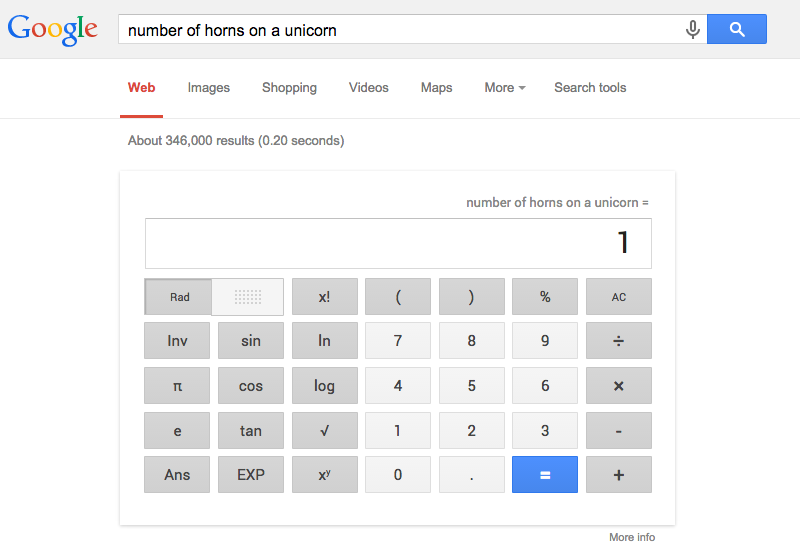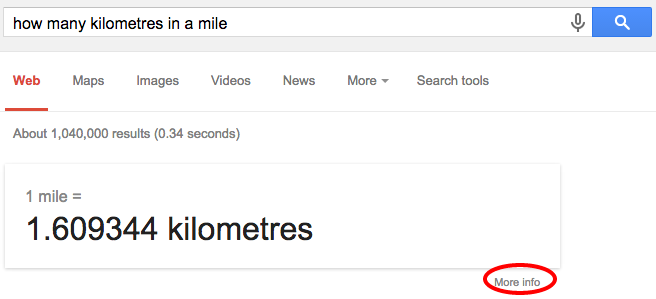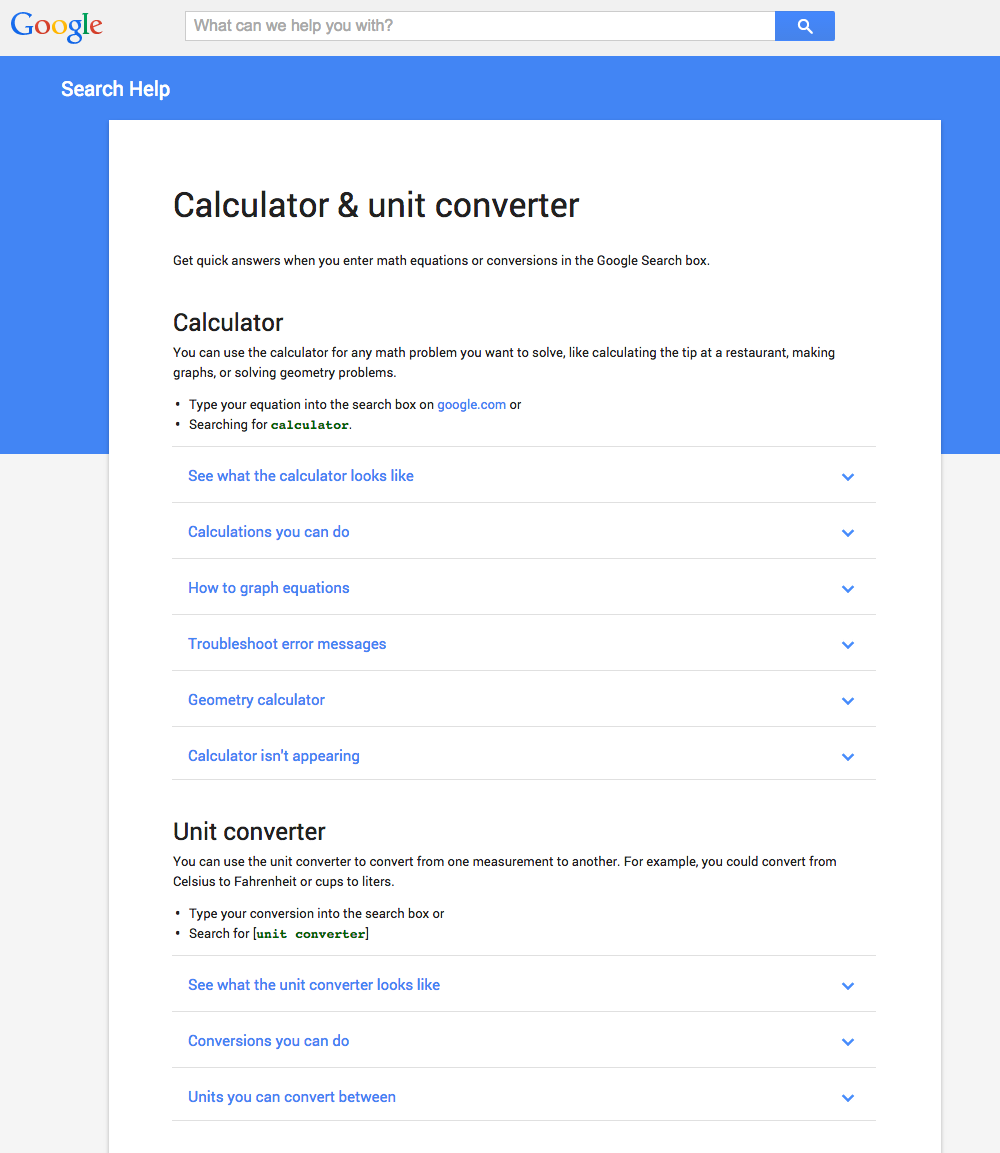And the Google SERP’s changes continue!
 You may have read our blog last week on a few changes to the way local listings are being displayed within search results. Well not long afterwards we noticed that Google has now partnered with a small group of companies in the US to trial the ability to order food directly from the search results. Without leaving the search engine.
You may have read our blog last week on a few changes to the way local listings are being displayed within search results. Well not long afterwards we noticed that Google has now partnered with a small group of companies in the US to trial the ability to order food directly from the search results. Without leaving the search engine.
Naturally this got us pondering just how far they might be looking to push the idea of a more “in-engine” experience. You’d all be well aware of the significant in-engine functionality of local listings and we’re willing to bet that a significant portion of you would have had a question answered by the knowledge graph rather than needing to click on a listing to look for what you need, but there is a lot more coming so we thought we’d list a few of the standout potential features due to hit in the near future.
1. Device appropriate results. As you would have heard from us when we were on our soapbox late last month, Google rolled out a mobile friendly algorithm update on the 21st of April this year. This means that the results you see on a mobile device will differ from the results you see for the same search on a desktop computer depending on how mobile friendly that group of sites are. Mobile search results are also set to become more streamlined for the respective devices they’re shown on. Speaking of which…
2. Apps will very likely become much more prominent in the not so distant future as well. Certain apps and websites already contribute to search results, such as yelp’s contribution to local listings or showing Twitter feeds on trending topics.
3. Knowledge graph is only going to get better! It’s proving to be a big hit, which is a double edged sword if you want traffic through to your website (which is kind of the key idea around this blog), but they are now adding everything from statistics and charts through to new languages (Polish, Turkish, Simplified Chinese & Traditional Chinese in particular) and even voice enabled conversation search, which ties heavily into the graph.
4. In-Engine functionality for things like mortgage calculators and measurement conversions. If you were to Google “how many kilometers in a mile” for instance, you’d first see this knowledge graph result:

If you then click on the “More Info” button at the button, you’re then taken to a support.google page which offers everything from calculators through to unit converters and geometry calculators.

5. Image Search will play a much larger role in your life in the coming years. For reasons as simple as posting a hilarious image reply on your friends status update or as complicated as sourcing images for your website (or blog), it’s hard to imagine that anyone wouldn’t enjoy easier image search functionality. Rest assured, Google (amongst others) are working on it. Algorithms that can “see” images and recognize them without any attached text indicators are seeing advancements beyond what could have been imaged a mere 5 years ago and the second Google has what they consider to be a functioning product you can rest assured it will launch. If parts of it haven’t already.
So there you have it. For better or worse, search results are going to change drastically with time and it’s looking more and more likely that Google (along with Facebook, who we’ll discuss another time) are set to offer as much functionality as possible to stop you leaving the search engine.
This doesn’t appear to be a good thing for websites, however given the pretty much zero chance anyone has of influencing this, it does make getting yourself in line with best SEO practice (which itself needs to change along with this) is more important than ever!

Are you ready to grow your business?
We write about a variety of topics in the digital industry.



